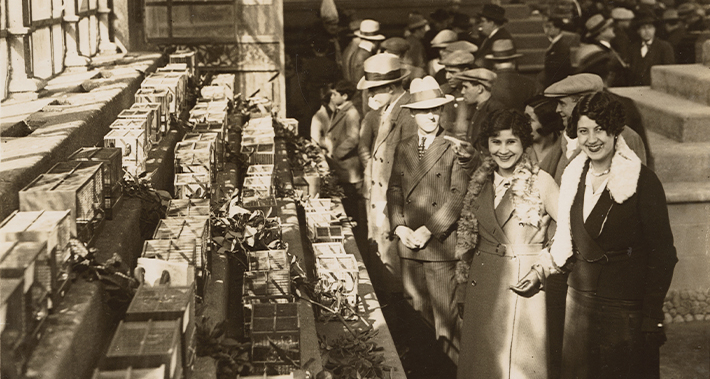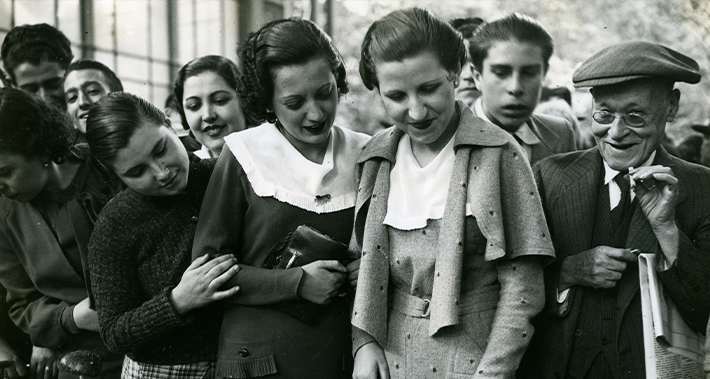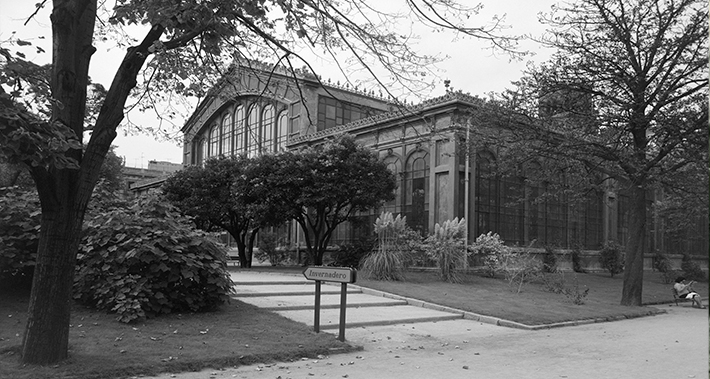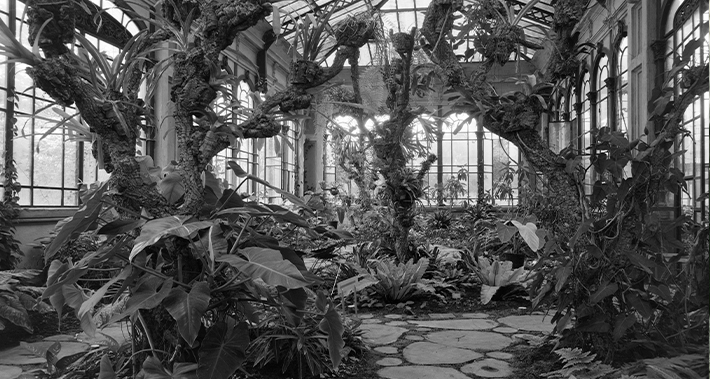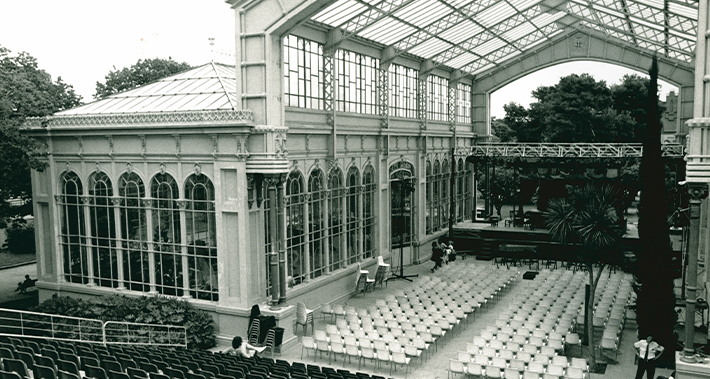History
The Greenhouse, 135 years of nature and art.
The Greenhouse (Hivernacle) in Parc de la Ciutadella has reopened this month (December 2023) following extensive restoration work which has restored it to its original state, just as it was when it was completed 135 years ago during the Universal Exposition of 1888.
It is a unique building and a prime example of cast-iron architecture in the city. The current restoration work – and this is a clear example of the care and rigour with which the work has been undertaken from a heritage viewpoint – has revealed that the decoration project was the work of Alexandre de Riquer i Ynglada, one of the leading plastic artists of Catalan Art Nouveau, or Modernisme.
A chequered history
Following the Universal Exposition, on 23 November 1893, the Barcelona Publicists’ Association, which looked after the city's literary and artistic interests, asked the City Council to transfer the Hivernacle to them so they could use it as their headquarters and give classes there. The association committed to complete the building, because the enclosure of the central part had not been done, as well as to adapt it to their needs but none of these interventions took place.
By the early 20th century, the Hivernacle had fallen into a state of disrepair. It was only used as a temporary storage space for plants. In 1907, the Barcelona Natural Sciences’ Board, a body attached to the City Council, asked for the necessary works to be carried out so the building could be used to house some animal species: birds, which lived there in semi-freedom; snakes and reptiles, making use of the areas attached to the side walls, plus other smaller reptiles and fish in the central part, where a fountain and pond would be installed.
Cast-iron architecture
The current restoration work has revealed that the decoration project was the work of Alexandre de Riquer i Ynglada, one of the leading plastic artists of Catalan Art Nouveau, or Modernisme.



